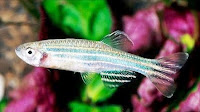Characteristics of Model Organism MCQ on Model Organism
- Classic model vertebrate
- The common house is most closely related to humans and it is easily kept and bred in the laboratory. Thousands of different genetic strains are have been developed.
- Transgenic and Knockout mice are helpful for the improvement of molecular and genetic studies
- Knockout mice: Mice, born as a result of a series of experimental procedures, that are lacking a functional gene that would normally contain.
- Most widely used in quantitative genetics studies.
Mammalian and Non Mammalian Model Organisms
I. Mammalian Models
Mus musculus (Mouse)

Rattus norvegicus (Rat)
- Rod shaped bacterium
- Lives in the digestive tract of humans and other animals.
- Many of the basic molecular biology area like DNA replication, transcription, and translation, was originally worked on this prokaryotic organism.
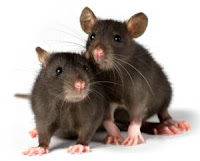 Mainly as a toxicology model and also used in many physiological studies related to cardiac, pulmonary circulation, metabolism, neurological control, hypertension and signal transduction.
Mainly as a toxicology model and also used in many physiological studies related to cardiac, pulmonary circulation, metabolism, neurological control, hypertension and signal transduction.
II. Non-Mammalian Models
Escherichia coli (E.coli)

- Eukaryote,Unicellular fungus
- Widely used in genetics and cytology studies.
- It can be grown under aerobic or anaerobic conditions
- Exists in the diploid and haploid stages
- Many biochemical variants
- Small Genome encoding about 6200 proteins
- Economically important organism.
Saccharomyces cerevisiae (Yeast)
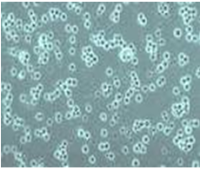
- Microscopic nematode
- Excellent model for Physiology and developmental studies
- Transparent body wall
- Short generation time
- Comprises exactly 959 cells ( During the worm's development, 1090 cells are formed of which 131 are removed by apoptosis).
- In 2002 Nobel Prize awarded to Brenner, Horvitz and John Sulston for studies of the genetic regulaion of C.elegans development.
Caenorhabditis elegans (C.elegans)
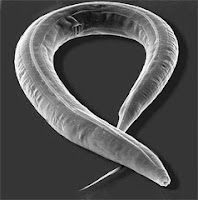
- The organism is well suited for the study of the molecular biology of development and neurological basis of behaviour.
- Giant chromosome
- The Nobel Prize in Physiology or Medicine 1933: Thomas Hunt Morgan
- The Nobel Prize in Physiology or Medicine 1995 was awarded jointly to Edward B. Lewis, Christiane Nüsslein-Volhard and Eric F. Wieschaus "for their discoveries concerning the genetic control of early embryonic development".
Drosophila melanogaster (Fruit fly)
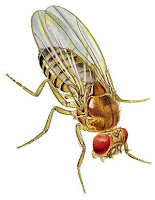
- A freshwater fish
- Model used for the development and toxicological studies.
Danio rerio (Zebra fish)
- A member of Brassica family (mustard)
- Arabidopsis has a small genome (120 million base pairs) relative to other plants
- It is easily grown under laboratory conditions
- Short generation tome
- Large seed production
- Systematic studies of Arabidopsis will offer important advantages for basic research in genetics and molecular biology.
Plant Model: Arabidopsis thaliana

Tags:
list of model organisms
Mammalian Models
model organism
Model Organism Databases
Non Mammalian Models
Non-Mammalian Models

